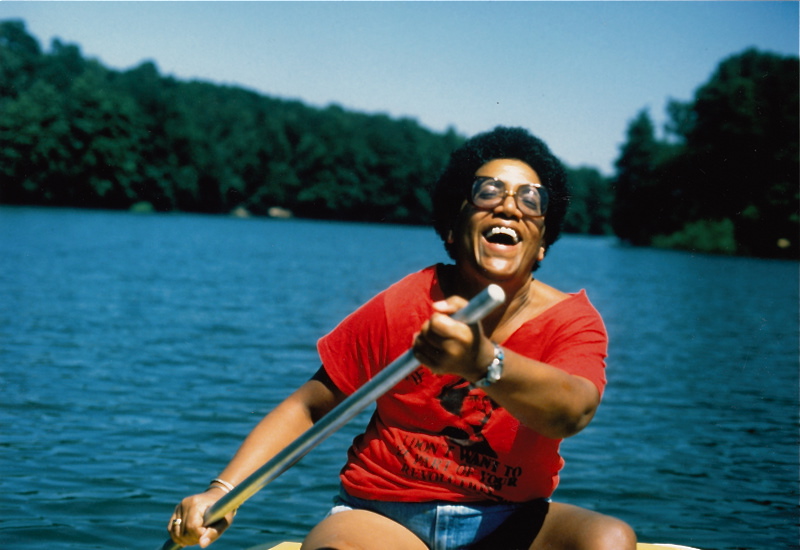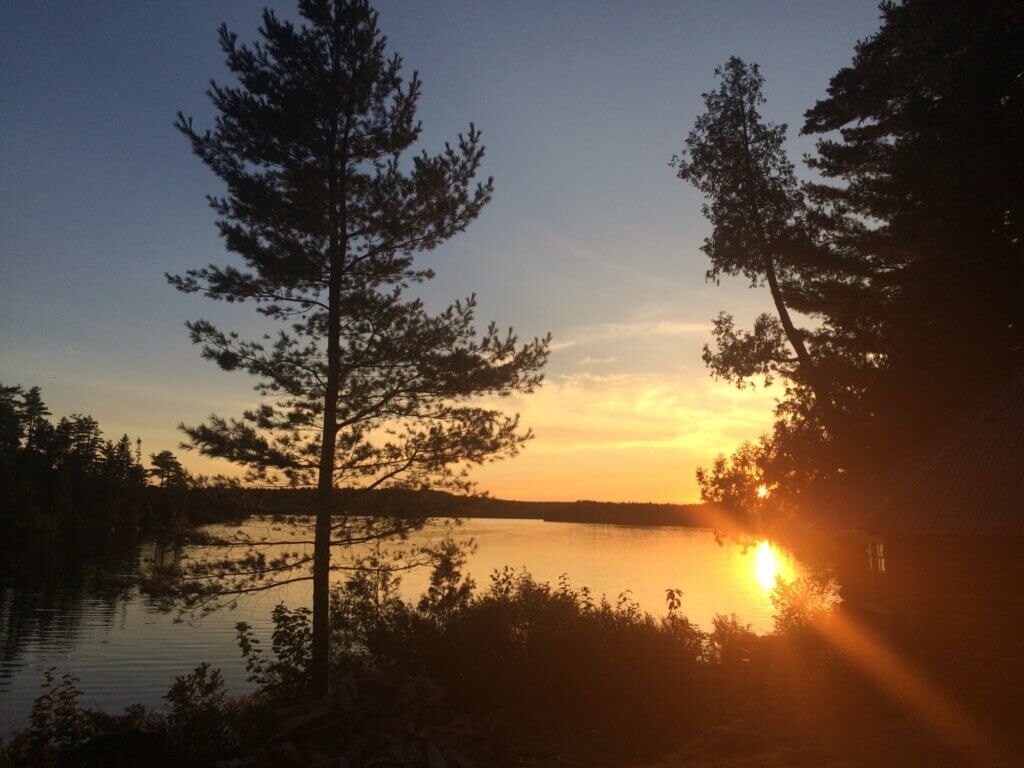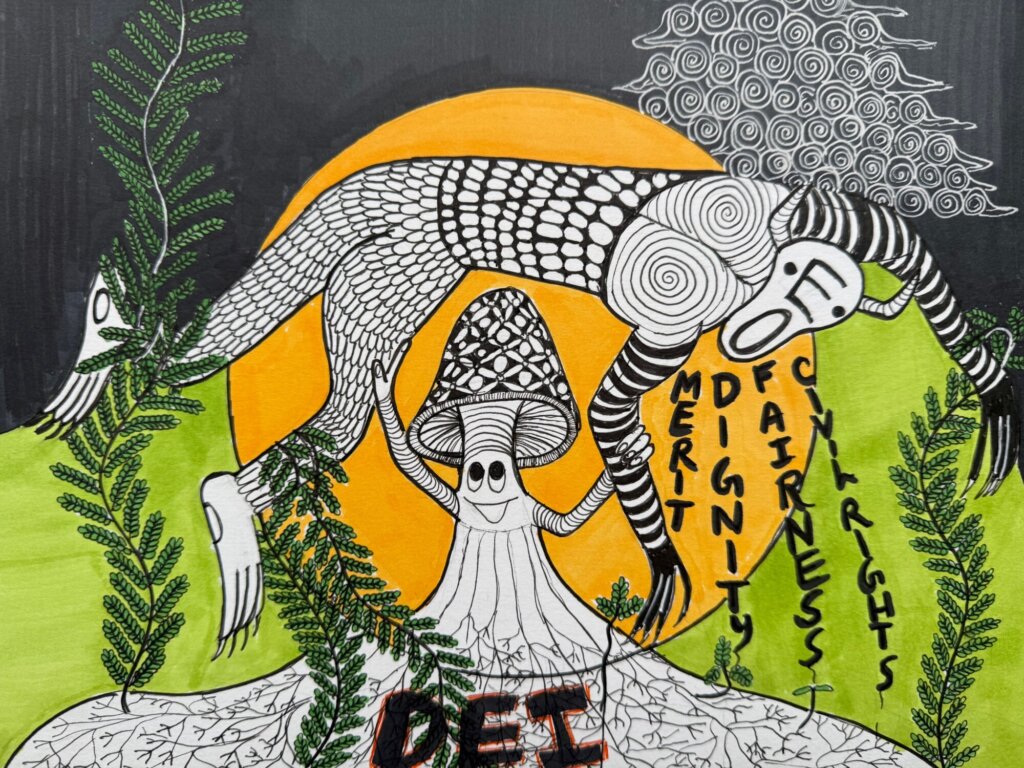Aparna
Published on
07 - 12 - 2016
Aparna
Published on
07 - 12 - 2016

There is no such thing as a single issue struggle because we do not live single issue lives. – Audre Lorde (photographed above)
In the days since the police shot and killed Philando Castile and Alton Sterling, we’ve seen the gamut of reactions on social media: from outpourings of sympathy, to grief and despair, to anger and rage, and more. As we’ve monitored the Facebook, Twitter, and Instagram feeds, we’ve also been reflecting on what role we at the Avarna Group have to play in this civil rights movement.
Here’s where we’ve landed. We dwell in the environmental and outdoor space, which is not devoid of power structures, privilege and oppression—all concepts at the forefront of civil rights. And we’ve been disappointed that (with a few exceptions) there has yet to be a galvanizing call from the environmental movement or outdoor recreation sector to take action beyond extending condolences. We wanted to take this opportunity to link our movement to #BlackLivesMatter in the hopes that we will step up and do more.
Don’t get me wrong. Some organizations in our space, like the Sierra Club and Outdoor Afro, have responded to the recent atrocities by explicitly connecting the dots between their mission and the Black Lives Matter movement and taking concrete action. But the entire movement has an opportunity and the responsibility to do more. In fact, the future of the environmental movement and outdoor recreation hinges on our proactive participation in the #BlackLivesMatter movement. Here’s why:
So now that we’ve connected some of the dots for you, we hope you will take action. Don’t just “say their names.” Do more. It is your responsibility as an individual and organization to articulate how you can support #BlackLivesMatter based on your unique identities, experiences, and spheres of influence. That said, here are some ways you can begin to take action.
Dear Avarna community, We’re only four months into four years of this presidential administration, and the attacks on everything our…
Read full post about Staying the Course: On EOs, Education, ERGs, and SailingAvarna Community, It is with nearly all the emotions you might find in an emotions wheel that I am announcing…
Read full post about Farewell, AvarnaThe current administration’s anti-DEI Executive Orders have sparked varied responses in the nonprofit and private sectors—some organizations are defending DEI…
Read full post about DEI Jujitsu: Flipping the Backlash to Reframe Our Work

